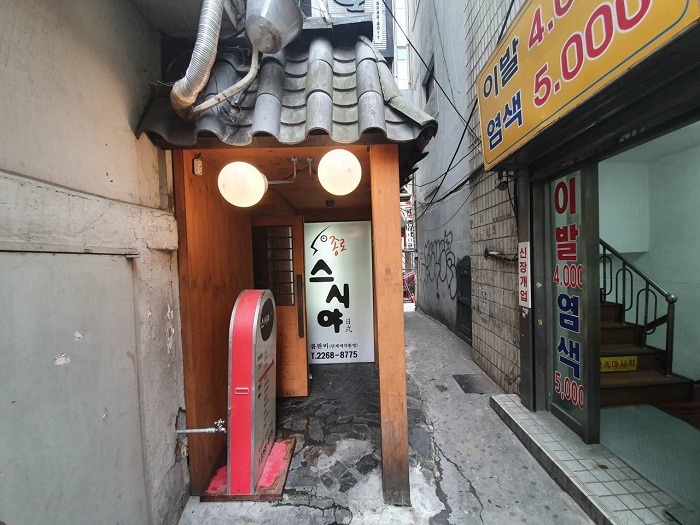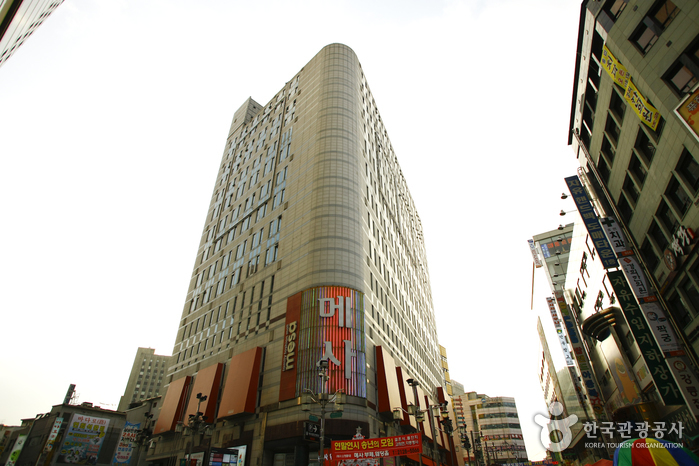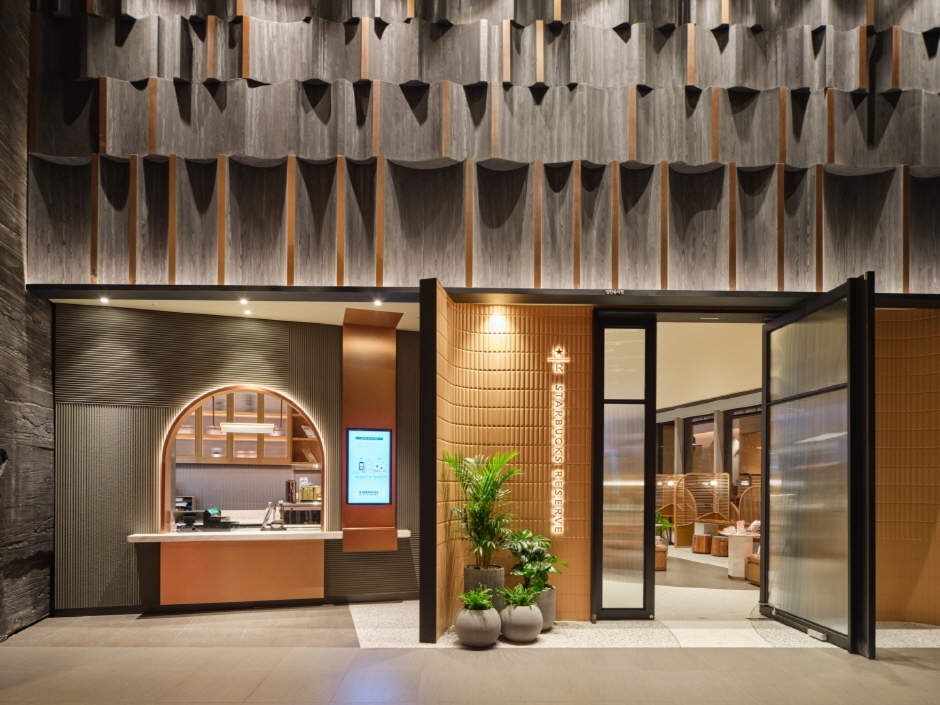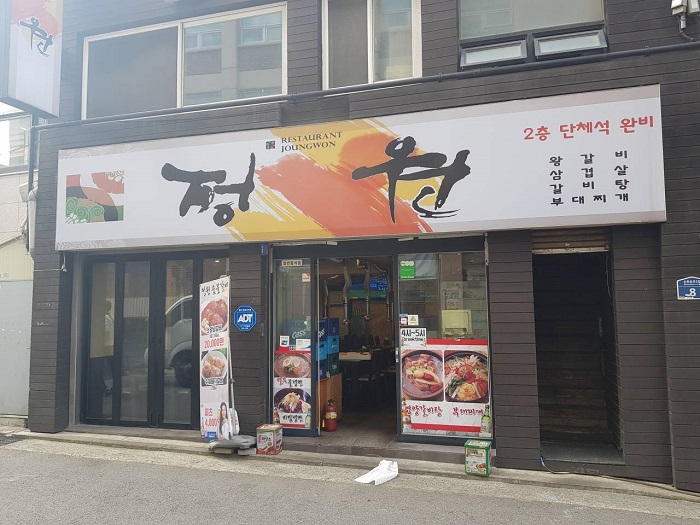Shinsegae Duty Free Shop - Myeong-dong Branch Handicraft Store (신세계면세점 명동점 수공예품 매장)
923.6M 2016-10-11
77, Toegye-ro, Jung-gu, Seoul
Korea Craft and Design Foundation Handicraft Store located within the giftshop of Shinsegae Duty Free Shop Myeong-dong Branch sells handcrafted everyday props and cultural crafts. Dedicated to the concept of "Artisans, and Artists," the store introduces young artists as well as famous handicraft masters along with their masterpieces of diverse genre in the world of Korean arts and craft.
Jongno 3(sam)-ga Jewelry District (종로3가 귀금속 전문상가)
924.0M 2025-06-30
Jongno3-ga, Jongno-gu, Seoul-si
There is an enormous selection of wholesalers and retail jewelry stores in this district, spread throughout Jongno 3(sam)-ga and 4(sa)-ga. The glittering showcases here are especially popular amongst young people and foreign tourists looking to find fine jewelry at affordable prices. Stores in the jewelry district have a selection of designs that are extraordinarily diverse and prices that are 20 to 40% lower than at other jewelry outlets in Korea.
Seusiya (스시야)
931.4M 2021-03-22
43, Supyo-ro, 20-gil, Jongno-gu, Seoul
+82-2-2268-8775
A restaurant that sells various Japanese dishes from sashimi course meal to stew. This Japanese (cuisine) restaurant is located in Jongno-gu, Seoul. The most famous menu is assorted sushi.
Namdaemun MESA (남대문 메사)
932.3M 2021-06-30
2, Namdaemunsijang 10-gil, Jung-gu, Seoul
+82-2-2128-7800
MESA's name originates from the Spanish word meaning a flat plateau-like mountain summit at the end of a gentle slope. It was named so as a vision for this family-friendly mall to succeed with no obstacle on its way. MESA is a full-line store situated between Myeong-dong's department store zone and Namdaemun Market. The store opened with the concept of a "global family shopping mall," selling diverse items that suit family households.
Ilpum Garden (일품가든)
933.7M 2021-03-30
109-10, Seosomun-ro, Jung-gu, Seoul
+82-2-3789-7295
This is a restaurant where you can taste both shabu-shabu (sliced meat and vegetables boiled in water) and roasted meat. This Korean dishes restaurant is located in Jung-gu, Seoul. The representative menu is shabu-shabu.
Cheese Industry (치즈인더스트리[치즈공업사])
933.7M 2023-08-22
33-7 , Supyo-ro 28-gil, Jongno-gu, Seoul
Cheese Industry is a ranch-themed cafe decorated with moving wooden cows grazing on grass. The cafe specializes in cheese, selling a wide range of handmade cheese and baked goods.
Starbucks Byuldabang (스타벅스 별다방)
933.3M 2024-12-27
100 Toegye-ro, Jung-gu, Seoul
Byuldabang is a cozy space in the city, where the present and future of Starbucks coexist
Byuldabang is a special name. It combines the Korean words byul, which means stars, and dabang, which means a traditional space where people gather and talk over tea or drink. Byuldabang is the nickname Koreans generally use for Starbucks. Starbucks Byuldabang store opened in appreciation of customers of Starbucks Korea, celebrating its 22nd anniversary. This particular store is a Starbucks Reserve store with new concept food items, and is the first among Starbucks stores worldwide to have digital art wall decorations. The images projected to the art wall are “The Journey of Siren.” It is a surreal journey of Siren, who delivers coffee messages around the ocean, day and night. Customers love the story.
Olive Young - Myeongdongdaero Branch [Tax Refund Shop] (올리브영 명동대로)
934.2M 2024-04-18
1F, 120, Toegye-ro, Jung-gu, Seoul
-
Jeongwon Sutbulgalbi (정원숯불갈비)
935.7M 2021-03-22
8, Donhwamun-ro, 9-gil, Jongno-gu, Seoul
+82-2-765-1305
A place where you can experience the Korean BBQ culture. This restaurant's signature menu is marinated grilled beef ribs. This Korean dishes restaurant is located in Jongno-gu, Seoul.
Gwanghwamun Gate (광화문)
936.1M 2024-12-04
161 Sajik-ro, Jongno-gu, Seoul
+82-2-3700-3900
Built in 1395 under the reign of King Taejo, the first king of the Joseon dynasty, Gwanghwamun Gate is the southern gate of Gyeongbokgung Palace. It is also the main gate of the palace, therefore larger and fancier in comparison to the other gates. Gwanghwamun Gate consists of three arched gates; the center gate was used by the king, while the other two were used by the crown prince and royal officials. The tall granite walls of the gate serve as a platform for the wooden gate tower that watches over the city. The gate has a sign with its name written at the top center of the gate tower.
Gwanghwamun Gate went through several damages and restorations over the course of history. It was first severely damaged during the Imjin War (1592-1598) and was not restored until the reconstruction of Gyeongbokgung Palace in 1864. Under the Japanese administration, the gate was demolished and relocated to the north of the palace's eastern gate, followed by series of damages during the Korean War (1950-1953). In 1968, Gwanghwamun Gate was relocated back to the south of the palace and was rebuilt using concrete; however, the gate’s position was shifted a few meters away from its original location. In 2006, a major reconstruction project took place to restore Gwanghwamun Gate to its original state and location, disassembling the structure completely and replacing concrete with granite and wood. After three years and eight months of construction, Gwanghwamun Gate was fully restored to its original form and was open to the public on August 15, 2010.





![Cheese Industry (치즈인더스트리[치즈공업사])](http://tong.visitkorea.or.kr/cms/resource/67/2997867_image2_1.jpg)

![Olive Young - Myeongdongdaero Branch [Tax Refund Shop] (올리브영 명동대로)](http://tong.visitkorea.or.kr/cms/resource/61/2878761_image2_1.jpg)

 English
English
 한국어
한국어 日本語
日本語 中文(简体)
中文(简体) Deutsch
Deutsch Français
Français Español
Español Русский
Русский